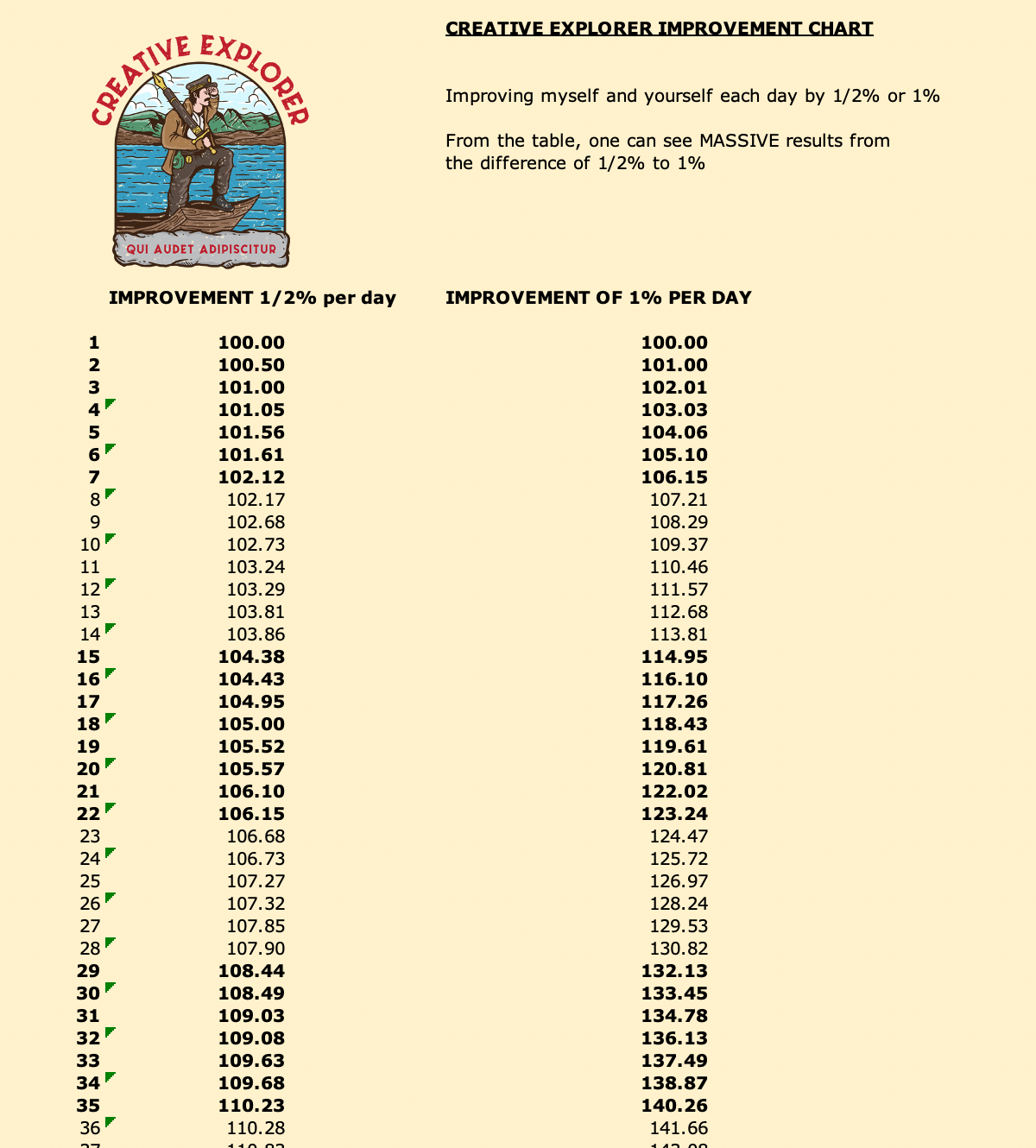
CreativeExplorer-MichaelMandaville.com
I work in Film. I live in Martial Arts. I thrive in Imagination.
WHY I LIKE THIS VIDEO: Kurosawa was a master filmmaker, relying on image to convey his emotions. How he captures emotions with this imagery is conceptually brilliant. I could watch this video a hundred times and always learn more.
Featured Video or Article

Create Your Own Systems: A Checklist
“Systems” are used in our daily lives in almost every facet. Consider the following systems you probably take for granted for running a few simple errands
Traffic System - from staying in your line, speed, getting tickets (ugh!) and more
Credit Card System - making your payments today and tomorrow
Economic System - money - dollars, Euros, yen, gold, silver and more
To Do List System - your list could be geographical or chronological
Scheduling System - figuring out the times for events and appointments
Inventory System - when you go to each lunch, the restaurant stocks up.
Employment System - employees and employers
We covered systems in a previous article.
Use the Power of Systems
By creating a few systems of your own, you could improve your odds in numerous areas of your life such as:
Teaching Your Kids
Organizing Your Work Inquiries
Raising Money
Finding Work
Pursuing Your Dream
Here’s the key: Take YOUR system creation seriously. If you got paid to create a written system at work, you’d have to do the work. Well, you are going to get paid - emotionally, monetarily, etc., - by pursuing and achieving a major goal or dream.
So use the power of Systems for yourself!

A System Checklist
Here is a very good checklist to consider in Creating Your Own System. Pick and Choose. Don't let it overwhelm you.
But I am giving you the major checklist here so you can use what is useful but will know about all the attributes of a system. You might choose to incorporate them later.
When creating a simple method for a process, there are several points that you should consider. Here are some key ones:
Define the process: Before you start creating a method, make sure you understand the process you want to describe. This will help you to identify the key steps and potential pitfalls that you need to cover in your method.
Determine the scope: Decide on the scope of your method. Will it cover the entire process, or just a specific aspect of it? Be clear about what your method aims to achieve and what it won't cover.
Keep it simple: The goal of a simple method is to make it easy for anyone to follow. Use clear and concise language, and avoid unnecessary technical jargon.
Use a step-by-step approach: Break the process down into clear and logical steps. List the steps in the order they need to be completed and make sure that each step is clearly explained.
Highlight key points: Identify any critical steps, decision points, or potential challenges in the process. Be sure to highlight these in your method so that the user can be aware of them and take appropriate action.
Use visual aids: Diagrams, flowcharts, or other visual aids can help to make the process easier to understand. Consider including these in your method.
Test your method: Before finalizing your method, test it out to ensure that it is clear and easy to follow. Ask someone who is not familiar with the process to follow the method and provide feedback.
By considering these points, you can create a simple method that is easy to follow and effective in achieving its intended purpose.
TRY ONE! Create just one system for your Dream Goal and give it a month. With a good system, you will surprise yourself with your achievement.

Did You Know...
... if you improve 1/2% each day, then you will be 267% better over one year? Who can compete with that?

Setting Yourself Up for Success usually doesn't mean one big jump but rather incremental change day after day. Think of it like a ocean wave, moving far out in the Pacific with almost an undetectable push...finally with the power and grace of an ocean wave onto the beach. Create your own metaphor to embrace small habits with a huge future impact.



Facebook
Instagram
X
LinkedIn
Youtube
Website